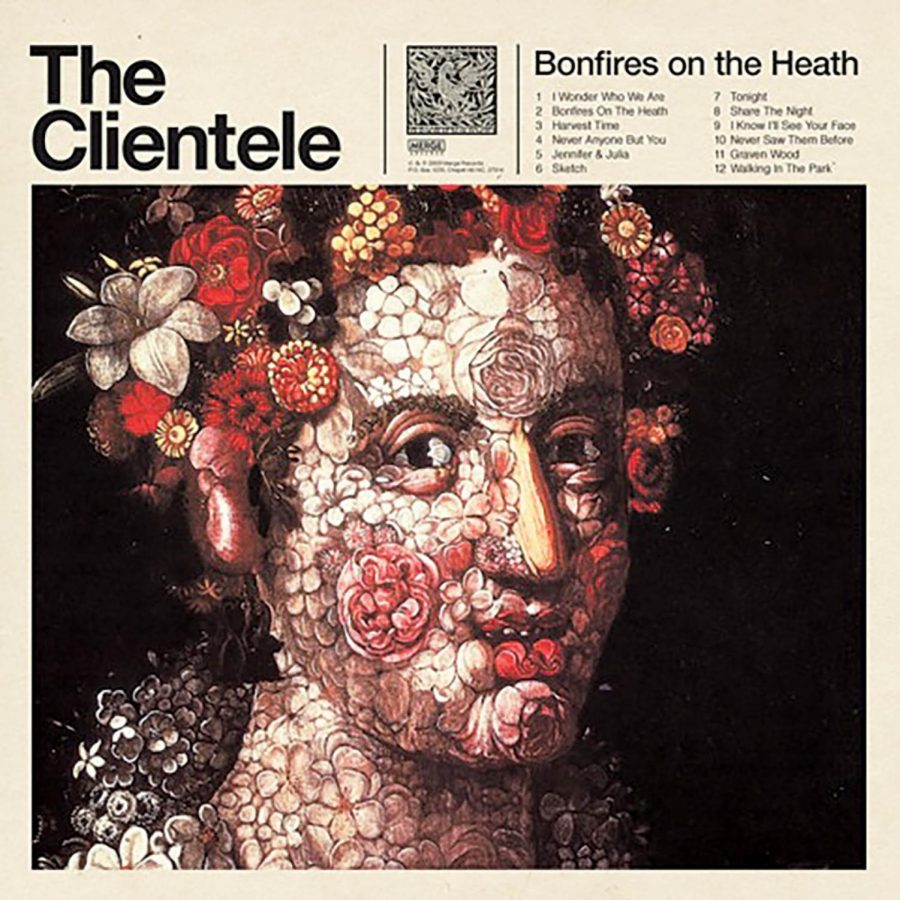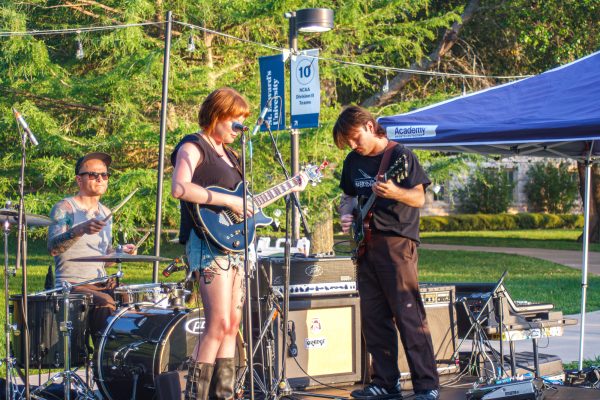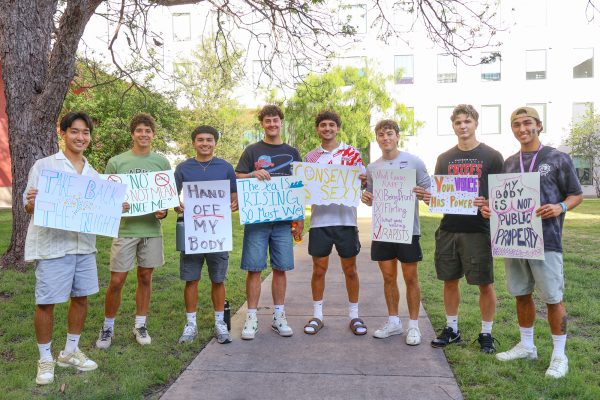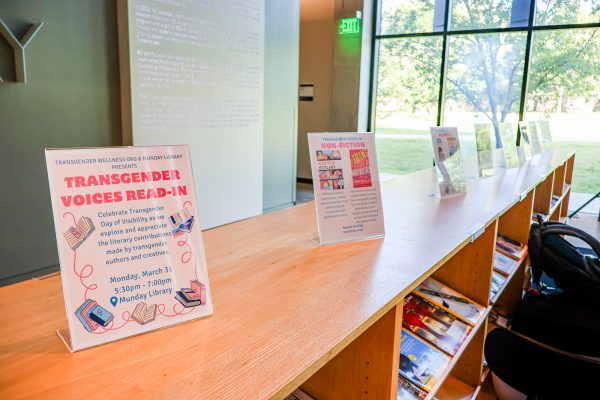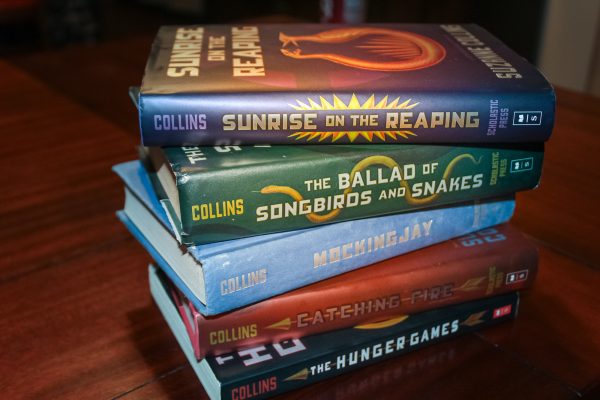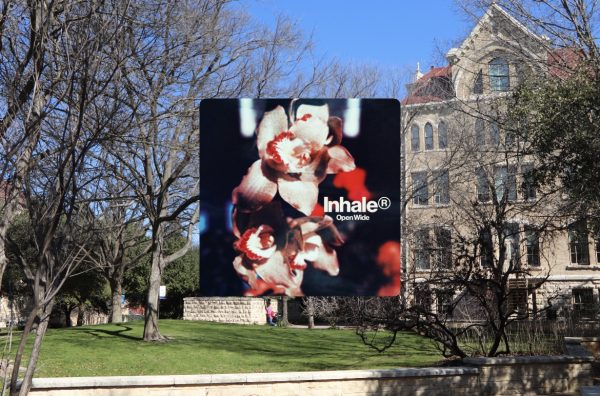‘Bonfires on the Heath’ embodies essence of autumn nearly a decade after release
The Clientele formed over 20 years ago. The band is currently composed of lead singer/guitarist Alasdair MacLean, drummer Mark Keen and bassist James Hornsey.
With the subtle egress of October and presence of the most autumn-esque time of year, music has a way of connecting us with the season. This month marks the ninth anniversary of “Bonfires on the Heath,” London-based indie pop band The Clientele’s ever-ethereal fourth studio album.
Since their 1997 formation, the band has produced an extensive discography. But on this bewitching record, they venture back to their roots of surrealism-inspired lyricism and delicate instrumentals saturated by reverb. It all melds to manifest the simple magic of fall through sound.
Time and time again, The Clientele has been credited with the ability to create an entire world contained in a single record, and “Bonfires on the Heath” is no exception. The start of the album marks entrance into a new space.
Autumnal imagery evokes an almost childlike sense of curiosity. It is a staple of this record as songs are portrayed in cinematic stills. Images of “bats from the eaves shivering by” and “scarecrows watch[ing] the verges of light” are described in frontman Alasdair MacLean’s characteristically breathy fashion on “Harvest Time.”
“Late October sunlight in the wood” conjures a hauntingly serene atmosphere on the album’s title song, “Bonfires on the Heath.” This atmosphere is dense with the singers feelings, but not enough to be sappy; it highlights memory without crossing into the clichés of nostalgia.
“Bonfires on the Heath” is an album of poetic interpretation—a vision quest. MacLean’s narrative lyricism places you right in the middle of settings straight from a novel. Whether a busy, leaf-ridden street on a Friday night or a field full of voices and evening light, you are left to wander the gentle haze of what is and what is not, or perhaps simply sit in distant, sublime observation. You decide for yourself.
A certain familiarity endures throughout the album. While the outskirts of nostalgia are explored in nearly every song, it never once crosses into superfluity. Beauty lies right at the threshold. The band departs from fragility occasionally, making a quick, upbeat detour in “Sketch.”
A similar departure from the norm is made on “Share the Night,” “Share the night with me,” MacLean urges, “As the baby bats fly … through the sycamore leaves, the sycamore trees, the haunted faces in the streets.” Horns accompany the song, similar to that of “I Know I Will See Your Face.”
In this world contained within a record, the most mundane sights can leave one awestricken; the faintest sounds can summon sentimentality. MacLean’s fascination with dying light, or the rustling leaves of trees suggests his reverence for nature. And listeners feel it too—especially when backed by gentle guitar and violin work.
Symbols and anecdotes floating throughout the album are personal enough to suggest the experiences of MacLean himself, yet vague enough to resonate with most any listener. This reveals a notable attribution of The Clientele: painting shared experience with sound.
Songs like “Walking in the Park” maintain controlled intensity as MacLean sings of the world around him—boundlessly beautiful. In certain moments it becomes all too overwhelming for him to convey lyrically. “I don’t know what more I can say,” he whispers, closing out the album. And perhaps that is all that needs to be said.

Hey everyone! My name is Gianni Zorrilla. I study communication and journalism and digital media here at St. Edward’s and am one of the Editors-in-Chief...


